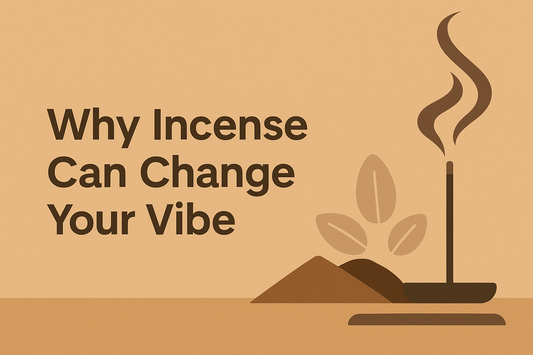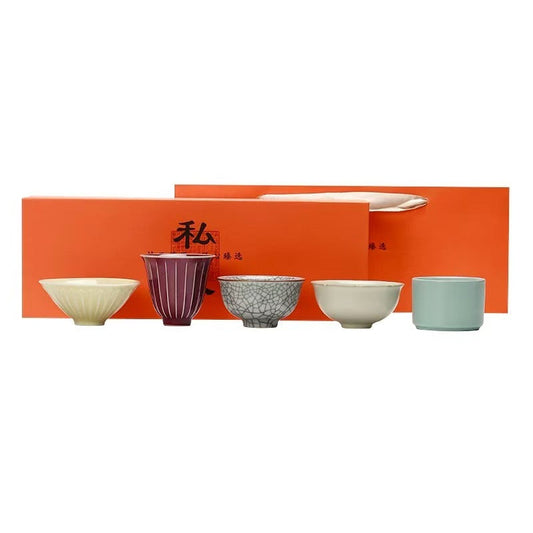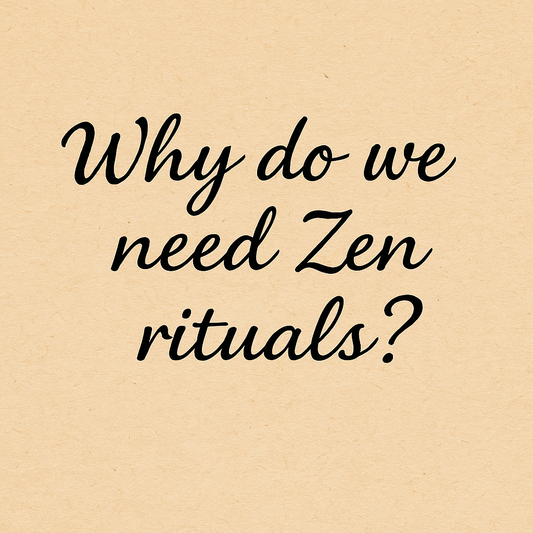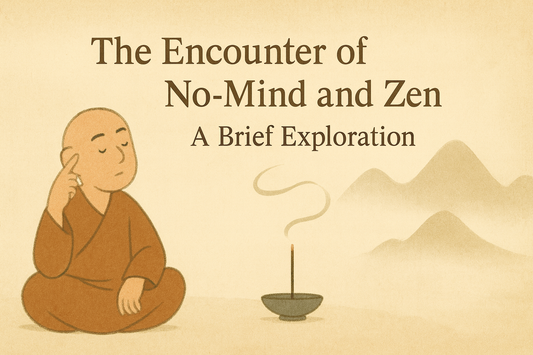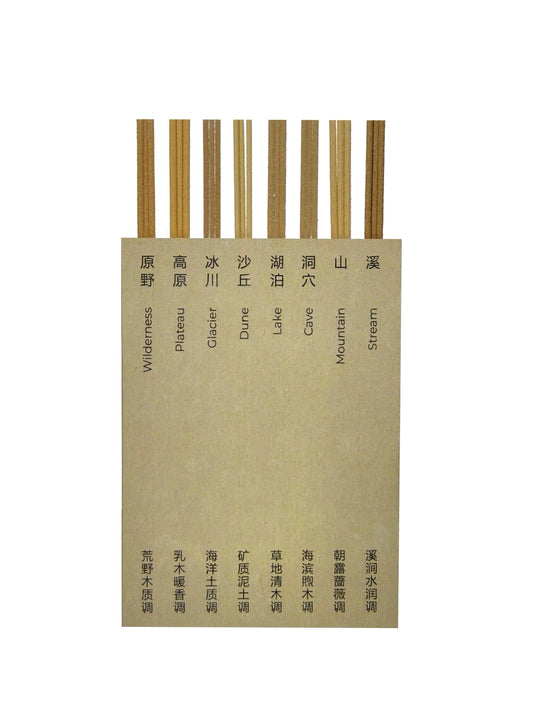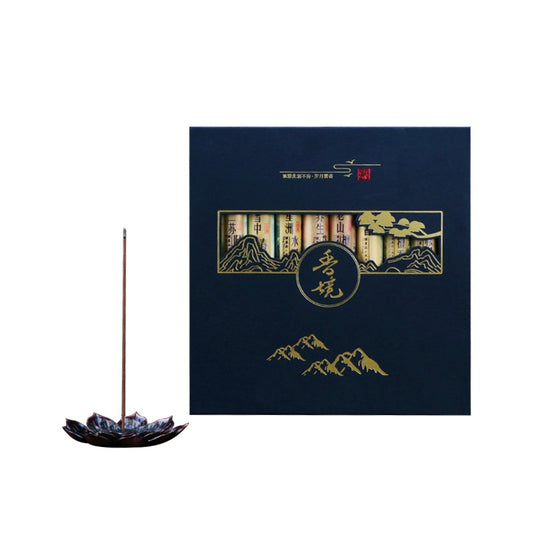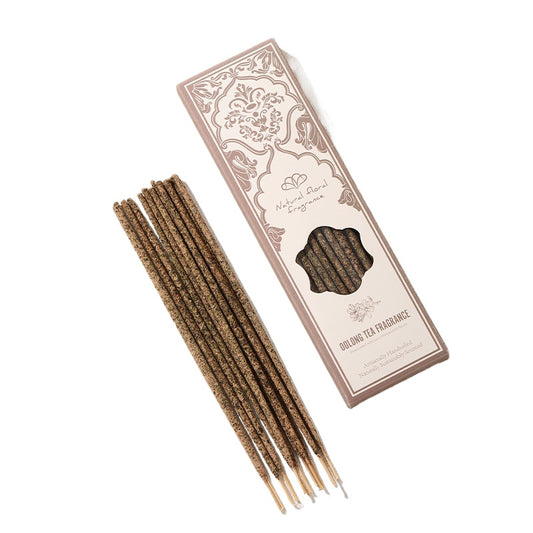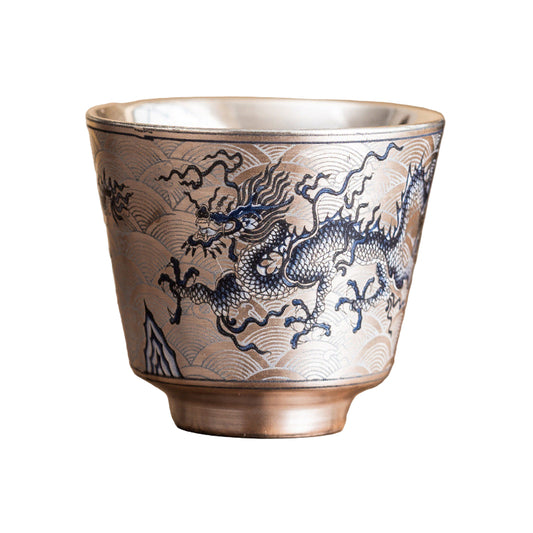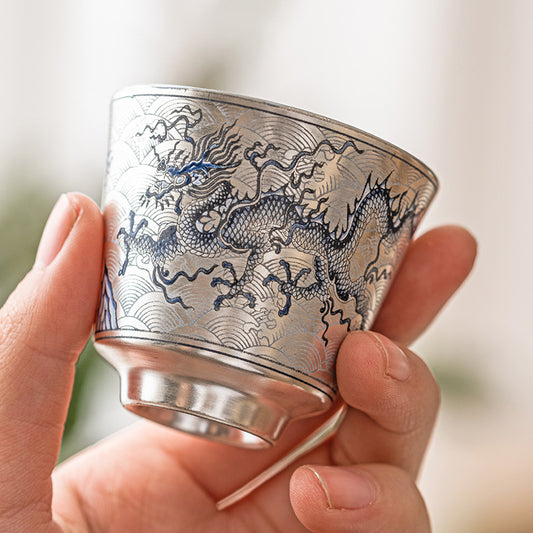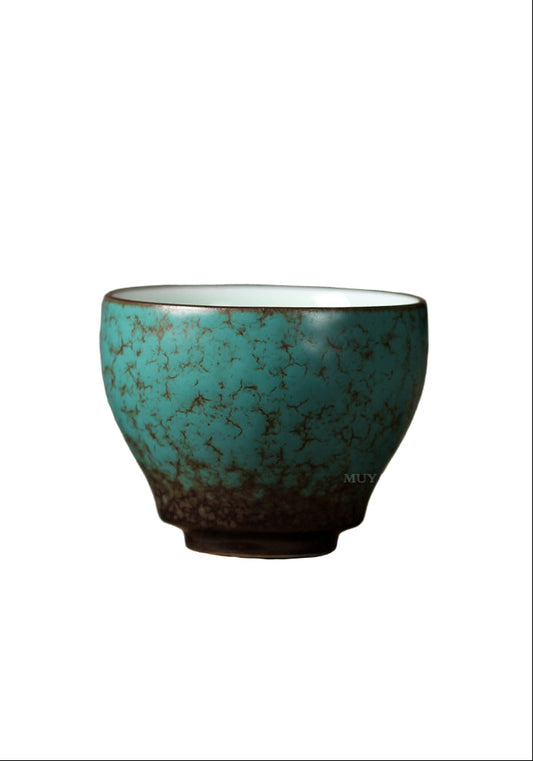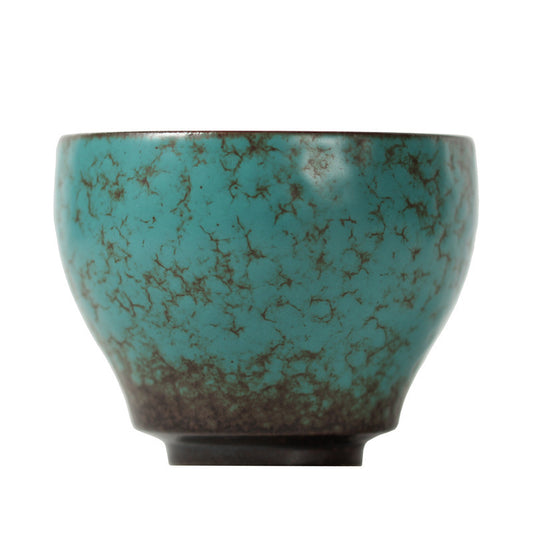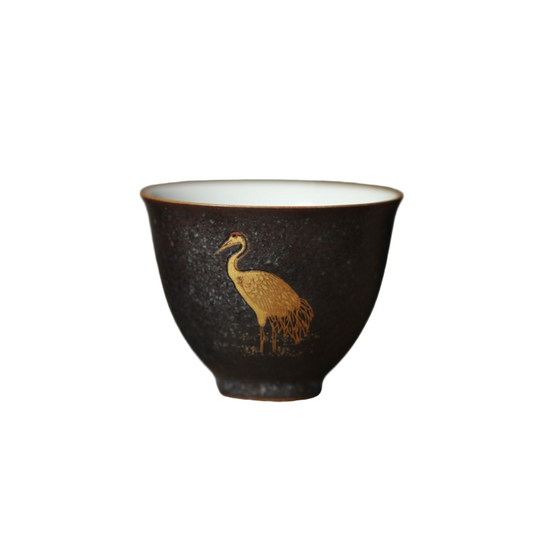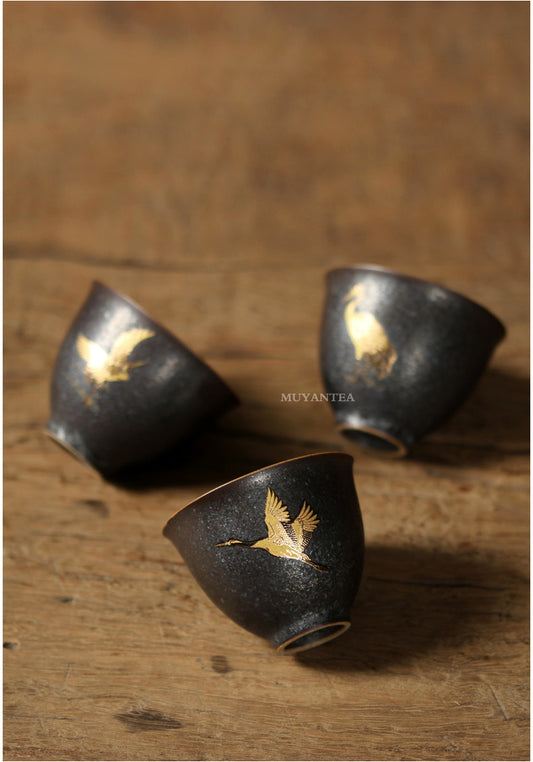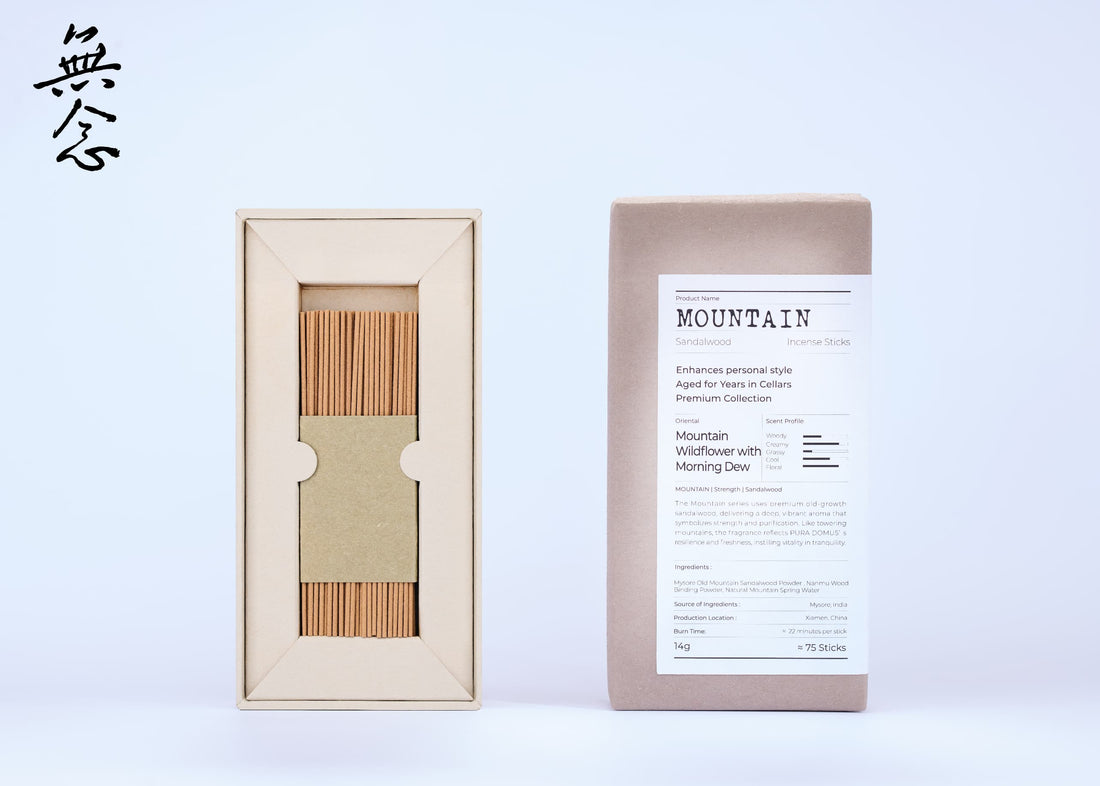
Sandalwood Incense Rituals & Feng Shui Guide | Monian
Your Space Needs a Vibe Check: Why Sandalwood is the Ancient Guru You Didn't Know You Needed
Hey there! Let's have a little chat. Do you ever feel like your brain is a web browser with 50 tabs open at once? One tab is worrying about work, another is trying to figure out dinner, and a third is replaying that awkward conversation from yesterday on a loop. If you're nodding along, congratulations—you're a perfectly normal human in the 21st century. But let's be real, we all desperately need a "close all tabs" button for our minds.
Today, I’m here to introduce you to that magical reset button. It smells incredible, has a history older than your great-great-grandparents, and might just be the secret to getting your life back on track. I'm talking about Sandalwood Incense.
But hold on, this isn't about the cheap, synthetic stuff you find at a gas station. We're diving deep into real, authentic sandalwood and how it teams up with the ancient wisdom of Feng Shui's Five Elements to turn your home into a sanctuary of good vibes. So, are you ready? Let’s embark on this fragrant journey and uncover the secrets behind the Monian Earth Series - Mountain Incense | Sandalwood Ritual for Qi Alignment from www.monianlife.com.

Sandalwood’s Epic History Tour: The OG Influencer Sandalwood incense, Chinese Incense
Before we get into how to Feng Shui your apartment into submission, let's pay our respects to this ancient celebrity. Sandalwood isn't some fleeting trend; it’s a timeless classic that’s been popular for over 4,000 years.
In India: The Spiritual Superstar natural incense
Sandalwood's story begins in India, where it was hailed in ancient Sanskrit texts as a sacred fragrance. It was the undisputed star of Hindu and Buddhist rituals, used to carve deities, build temples, and create ceremonial pastes for anointing the forehead. In Ayurveda, India’s traditional system of medicine, sandalwood was the go-to remedy for its cooling and calming properties, tackling everything from skin conditions to anxiety. It was, and still is, the spiritual and wellness soulmate of the subcontinent.
In China: The Emperor's Favorite Scent Chinese Incense
Thanks to the legendary Silk Road, sandalwood made its grand entrance into China. During the Han Dynasty, it quickly became a prized possession of emperors, scholars, and nobles. Burning high-quality Chinese Incense, especially sandalwood, wasn't just about making a room smell nice; it was a symbol of refinement, status, and intellect. Scholars loved to burn it while they wrote poetry or painted, as its calming aroma helped to focus the mind and spark inspiration.
In Japan: The Art of "Listening" to Incense
When Buddhism arrived in Japan in the 6th century, sandalwood came with it. The Japanese fell so in love with its complex aroma that they developed an entire art form around it: Kodo, the "Way of Incense." In Kodo, participants don't just "smell" the incense; they "listen" to its subtle notes as it heats, appreciating its layers like a fine wine or a piece of music. It’s a profound aesthetic experience that blends philosophy, spirituality, and a really, really good-smelling room.
In Ancient Egypt: The Pharaoh's Secret Scent
You read that right! Even the ancient Egyptians were part of the sandalwood fan club. They imported it from Asia not only for perfumes and cosmetics but also for the sacred process of mummification, thanks to its excellent preservative qualities. Just imagine, thousands of years ago, even pharaohs were enjoying the luxurious and calming scent of sandalwood.
So, from Eastern monks to Egyptian pharaohs, sandalwood has been a global sensation for millennia. It's more than a scent; it's a universal language of peace and sanctity.
Feng Shui 101: It's More Than Just Moving Your Couch feng shui incense
Alright, history lesson over. Let's talk Feng Shui. When you hear that term, you might think of rules like "don't put your bed facing the door" or "add a money plant to your desk." And you're not wrong, but the core of Feng Shui is a powerful concept called the Five Elements (or Wu Xing).
The Five Elements—Wood, Fire, Earth, Metal, and Water—are the fundamental building blocks that ancient Chinese philosophy used to explain the universe. Think of them as a team, where each member has a unique personality and skillset:
- Wood (Mu): Represents growth, vitality, and new beginnings.
- Fire (Huo): Symbolizes passion, energy, and transformation.
- Earth (Tu): Signifies stability, nourishment, and grounding.
- Metal (Jin): Represents precision, clarity, and structure.
- Water (Shui): Embodies flow, wisdom, and emotion.
These elements interact in two main ways: a "Generative Cycle" where they support each other (Wood feeds Fire, Fire creates Earth, etc.), and a "Destructive Cycle" where they control each other (Water puts out Fire, Fire melts Metal, etc.). The goal of Feng Shui is to balance these elements in your space to ensure that the energy, or Qi, flows smoothly. When your Qi is good, life is good. It's that simple.
Feng Shui 101: It’s More Than Just Moving Your Couch
When most people hear “Feng Shui,” they think of furniture placement. But at its core is a dynamic system called the Five Elements—Wood, Fire, Earth, Metal, and Water. Each governs energy flow, or Qi, within our environment and personal well-being.
The Five Elements Explained
- Wood: Growth and creativity
- Fire: Passion and transformation
- Earth: Stability and nourishment
- Metal: Clarity and focus
- Water: Wisdom and adaptability
These elements interact through generative and controlling cycles. When balanced, they bring harmony and luck into any space.
Sandalwood in Feng Shui: A Dual-Element Powerhouse
Sandalwood incense connects deeply with both the Wood and Earth elements. As a tree-derived fragrance, it promotes creativity and spiritual growth. Its grounding scent also embodies Earth’s energy—stability, calm, and protection.
The Sandalwood Feng Shui Cheat Sheet
✔ For Energy Cleansing
Burn sandalwood incense after arguments or when the space feels heavy to reset and refresh the Qi.
✔ For Meditation & Rest
Use before yoga, sleep, or breathwork to invite stillness and deepen your practice.
✔ For Wealth & Abundance
Place sandalwood incense in the Southeast Bagua corner to enhance financial flow and opportunity.
✔ For Harmonizing Relationships
Burn in shared spaces to reduce tension and foster kindness and cooperation.
✔ For Holistic Well-being
The calming scent supports stress reduction, mental clarity, and emotional healing.
Pro Tips for Your Sandalwood Ritual
✨ Choose Pure, Natural Incense
Steer clear of synthetic sticks. Monian’s Earth Series – Mountain Incense is crafted with 100% natural sandalwood powder and botanicals.
✨ Strategic Placement
Burn in the center of the room for harmony or in targeted Feng Shui zones (e.g., North for career).
✨ Set an Intention
Before lighting, pause and silently state your purpose—abundance, healing, peace. This supercharges the incense’s energy.
✨ Allow for Ventilation
Keep airflow smooth to let the old Qi leave and the new energy enter with clarity.
Conclusion: A Scented Bridge to Ancient Wisdom
Sandalwood is more than fragrance—it's an energetic tool rooted in ritual and refinement. When used with intention, it balances elemental energies, cultivates well-being, and deepens spiritual connection. Ready to realign your space and self?
Sandalwood incense, feng shui incense
Discover More in Monian
Explore our handcrafted incense holders and natural incense collections designed to bring peace and elegance to your space.
Discover Now


